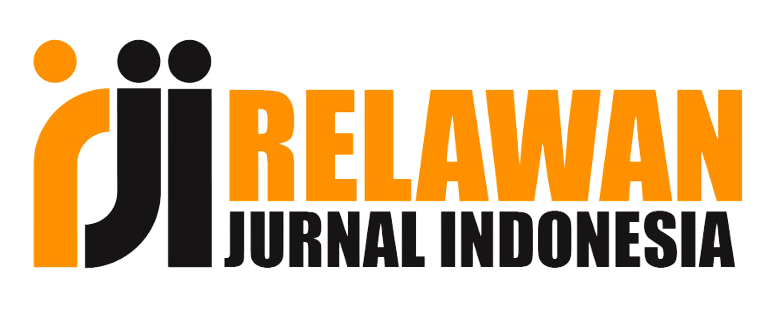UJI KONSENTRASI TIGA MACAM PUPUK ORGANIK CAIR DARI LIMBAH PERTANIAN TERHADAP PERTUMBUHAN DAN HASIL TANAMAN ARUGULA (ERUCA SATIVA)
DOI:
https://doi.org/10.33061/innofarm.v22i1.3533Abstract
This study is entitled Concentration Test of Three Liquid Organic
Fertilizer From Agricultural Waste on Growth and Yield of
Arugula (Eruca Sativa) to test the concentration of three kinds of
liquid organic fertilizer, sugarcane bagasse waste, banana peel
and coconut fiber with a concentration of 50 ml/l, 100 ml/l, and,
150 ml/l. This study uses a single Randomized Complete Design
(CRD) method consisting of 10 treatments that are repeated 3
times, consisting of K0, K1, K2, K3, K4, K5, K6, K7, K8, K9, the
results of this study were analyzed with Duncan's Multiple Range
Test (DMRT) at 5%, the parameters observed were: plant height,
number of leaves, leaf width, leaf length, root length, fresh weight
of biomass, and dry weight of biomass. The results of the study
show that: (1) Giving treatment (K3), liquid organic fertilizer of
banana peels with a concentration of 150 ml/l, provides
interaction with parameters of observation of leaf width, root
length and dry weight of biomass arugula plants, but they need to
increase the concentration of organic fertilizer liquid to assist the
growth process with observations of plant height parameters,
number of leaves, leaf length and fresh weigh of biomass. (2)
Provision of treatment with 150 ml/l concentration is the best
treatment for the parameters of observation of leaf width, length
of root and dry weight of biomass, but the administration of 150
ml/l concentration is not sufficient for plant nutrient requirements
so there is no interaction with the growth process of plant height,
number of leaves, length of leaves and fresh weight of biomass.
(3) The highest dry weight of biomass in the treatment of liquid
organic fertilizer from banana peel waste with a concentration of
150 ml/l, weighing 4.32 g or an increase of 20% compared to the control.
Downloads
Additional Files
Published
Issue
Section
License
Authors who publish this journal agree to the following terms:
- Authors retain copyright and grant the journal right of first publication with the work simultaneously licensed under a Creative Commons Attribution License that allows others to share the work with an acknowledgement of the work's authorship and initial publication in this journal.
- Authors can separately make additional contractual arrangements for non-exclusive distribution published by the journal (e.g., publish it in a book), with an acknowledgement of its initial publication in this journal.
- Authors are allowed and encouraged to send their work via online (e.g., in the institutional repositories or their website) after published by the journal.

















